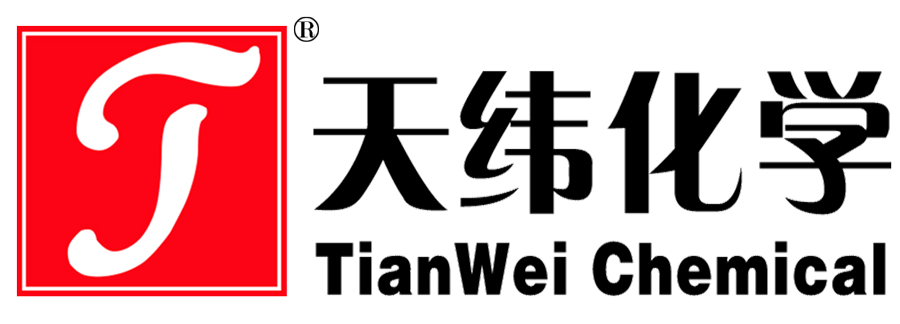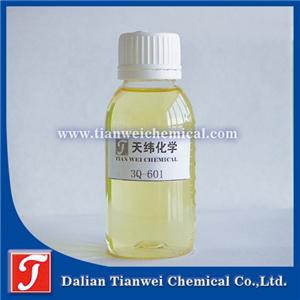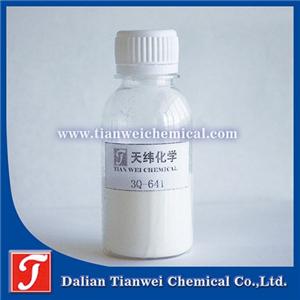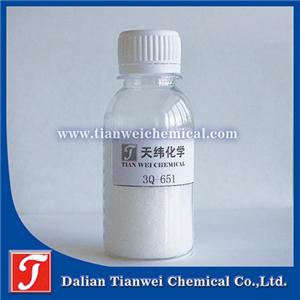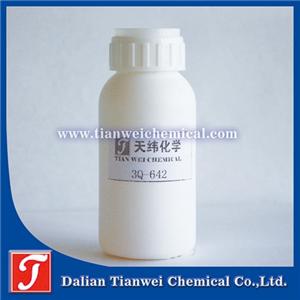The core function of adding antibacterial agents to the lining of shoes
The core function of adding antibacterial agents to the leather in shoes is to inhibit bacteria and microorganisms, prevent the generation of odors, extend the service life of the leather, and ensure foot health. The specific analysis is as follows:
Inhibit the growth of microorganisms and prevent unpleasant odors
The characteristics of the foot environment: The feet secrete abundant sweat, and the inside of the shoes is warm and humid, providing ideal breeding conditions for bacteria (such as Staphylococcus aureus and Escherichia coli) and molds (such as Candida albicans).
Mechanism of action of antibacterial agents:
Destroying cell structure: For instance, nano-silver antibacterial agents release silver ions to penetrate the cell walls of microorganisms, disrupt their enzyme systems, and lead to cell death.
Blocking metabolic pathways: Quaternary ammonium salt antibacterial agents can interfere with the protein synthesis of microorganisms and inhibit their growth and reproduction.
Form a protective film: Some antibacterial agents can form a dense film layer on the leather surface, preventing microorganisms from adhering.
Effect: Significantly reduce the number of bacteria inside shoes, lower the odor substances such as ammonia and sulfides produced by the decomposition of sweat by microorganisms, and keep the inside of shoes dry and fresh.
2. Extend the service life of leather
Microbial damage to leather:
Physical damage: Enzymes secreted by mold can break down the collagen in leather, causing the grain surface to become loose, lose its luster, and even develop rotten patches.
Chemical corrosion: Organic acids produced by bacterial metabolism can corrode leather fibers, reducing their strength and making them prone to cracking and deformation.
The protective effect of antibacterial agents: By inhibiting the reproduction of microorganisms and reducing their degradation of leather, they can extend the durability of the leather lining in shoes. For instance, PU leather shoe materials with added antibacterial agents can achieve an anti-mold grade of 0 (the highest level), with an antibacterial rate of over 99.9%, significantly extending their service life.
3. Ensure foot health
Reduced risk of infection: The skin on the feet comes into direct contact with the inner environment of the shoes. If the microorganisms exceed the standard, it may cause skin diseases such as athlete's foot, jock itch and eczema. Antibacterial agents can effectively kill or inhibit pathogenic bacteria and reduce the chance of infection.
Non-toxic and environmentally friendly requirements: Modern antibacterial agents (such as nano-silver and chitosan types) must pass acute oral toxicity tests to ensure they do not irritate or cause allergic reactions to the human body and comply with international environmental protection standards (such as REACH and RoHS).
4. Enhance the added value of products
Market demand-driven: Consumers' demands for the hygiene performance of footwear products are increasing day by day, and antibacterial function has become an important selling point of high-end footwear materials.
Technological differentiation: By adding long-lasting antibacterial agents (such as sustained-release or chemically bonded types), continuous antibacterial effects for several years can be achieved, meeting the needs of special scenarios such as medical care and sports. For instance, after adding antibacterial agents to medical pipelines and ventilator pipelines, the cross-infection rate within hospitals can be reduced.
Application scenarios and cases
Sports shoes: The inner leather with nano-silver antibacterial agent added can effectively inhibit the bacteria that breed in sweat after exercise, reduce odors, and enhance wearing comfort.
Medical shoes: Shoes for diabetic foot care, which reduce the risk of infection through antibacterial agents and promote wound healing.
Children's shoes: Made with non-toxic chitosan antibacterial agents, they ensure children's foot health and prevent allergic reactions.
